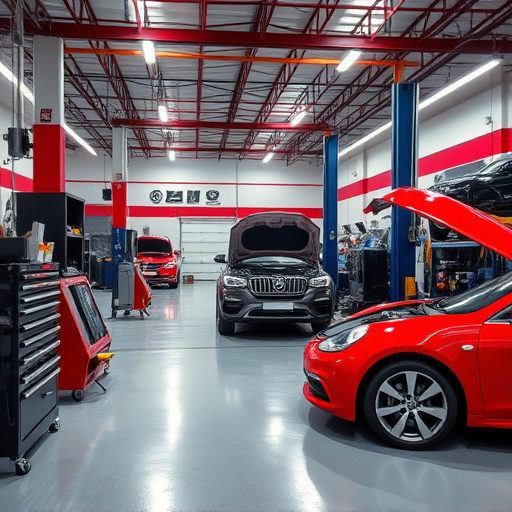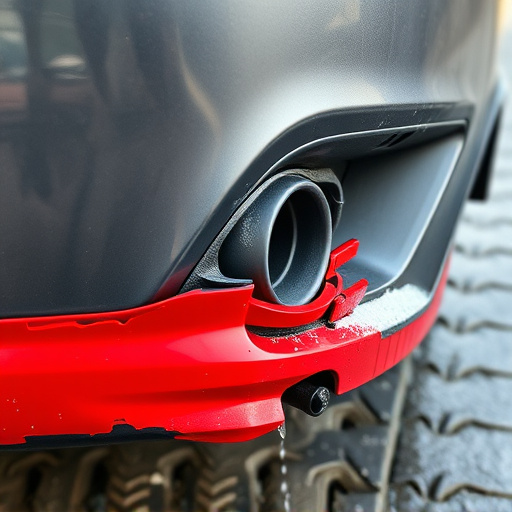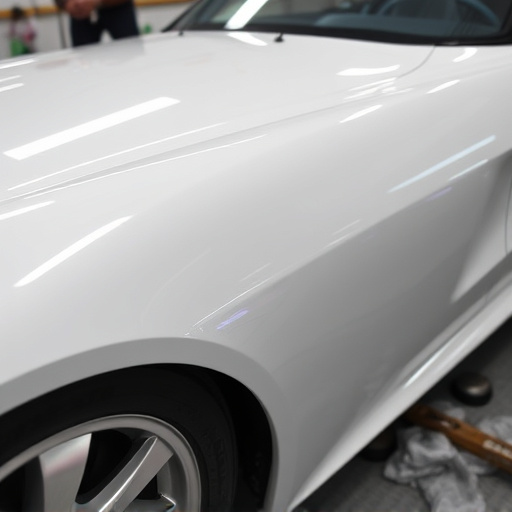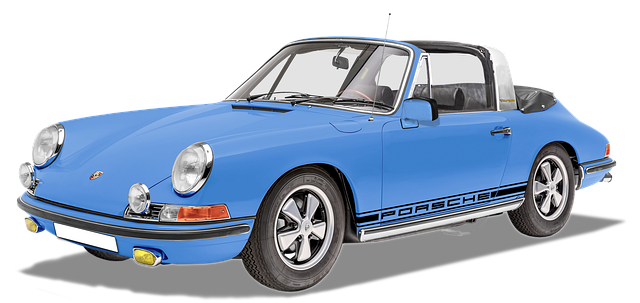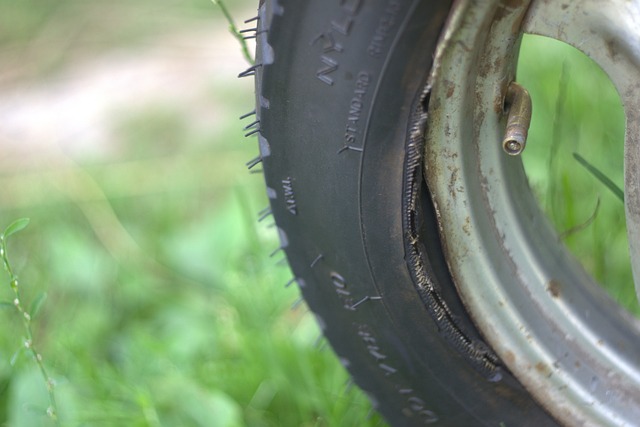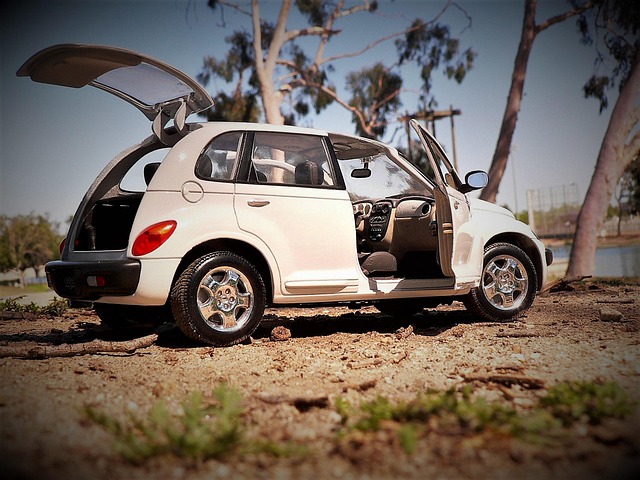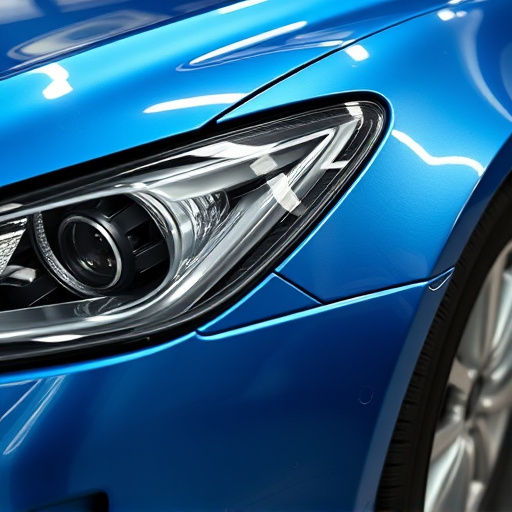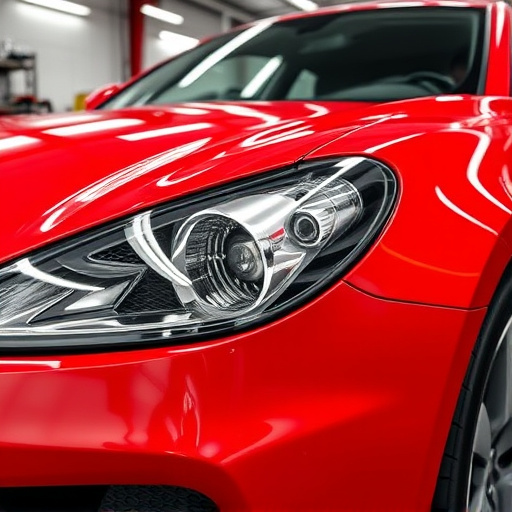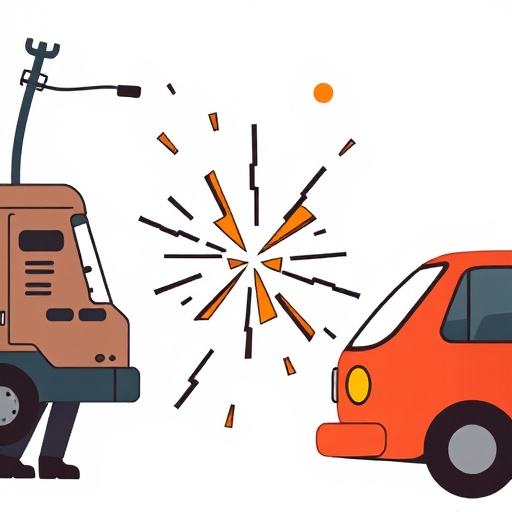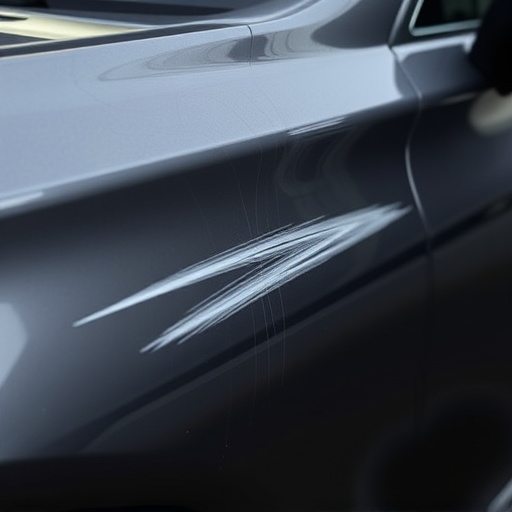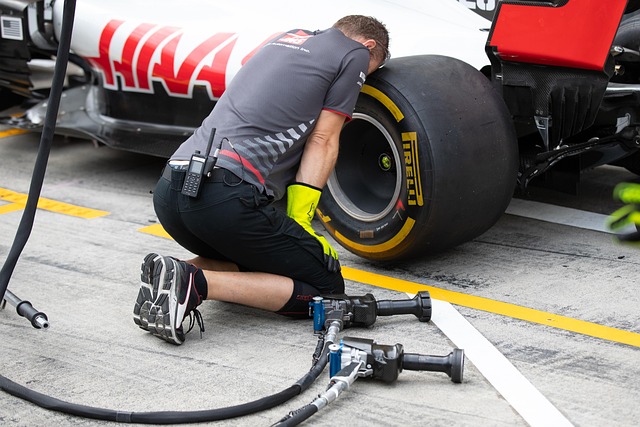In a competitive car dealership landscape, Professional Detailing and Repair (PDR) is a game-changer. By training dedicated PDR technicians in advanced paintless dent repair, dealerships can boost productivity, reduce wait times, and increase revenue while maintaining high quality standards. These specialists restore vehicles to their original condition, ensuring customer satisfaction and solidifying the dealership's position in the market with efficient, cost-effective PDR services.
In today’s competitive automotive landscape, streamlining service bays is essential for car dealerships to enhance efficiency and customer satisfaction. Dedicated PDR (Paintless Dent Repair) technicians are revolutionizing dealership workflows by offering quick, effective, and cost-efficient repairs at the bay side. This article delves into understanding PDR and its benefits, training dedicated technicians, and implementing PDR in dealership operations through a step-by-step guide, ensuring optimal bay utilization and improved customer experiences.
- Understanding PDR and its Benefits for Service Bays
- Training and Role Definition: Dedicated PDR Technicians
- Implementing PDR in Dealership Workflows: A Step-by-Step Guide
Understanding PDR and its Benefits for Service Bays
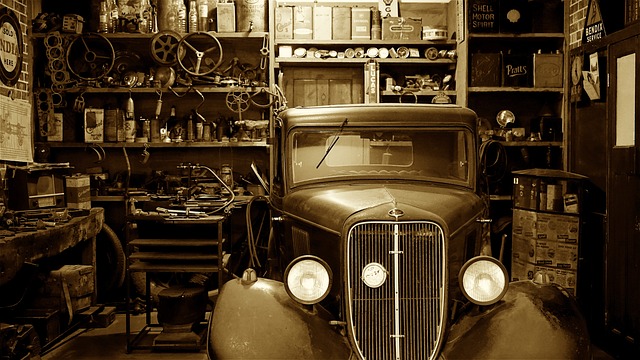
In the competitive landscape of car dealerships, efficient service bays are key to success. Among various auto repair services, Professional Detailing and Repair (PDR) stands out as a game-changer. PDR for car dealerships is a specialized technique focusing on vehicle dent repair, offering significant benefits that enhance productivity and customer satisfaction. By training dedicated PDR technicians, dealerships can streamline their operations, reduce wait times, and increase revenue without compromising quality.
This innovative approach to auto collision repair not only restores the aesthetic appeal of vehicles but also contributes to a faster turnaround time. Unlike traditional auto repair services, PDR is minimally invasive, allowing technicians to address dents and scratches efficiently without replacing entire panels. This cost-effective solution benefits both businesses and customers, ensuring that dealership service bays remain competitive in today’s market.
Training and Role Definition: Dedicated PDR Technicians
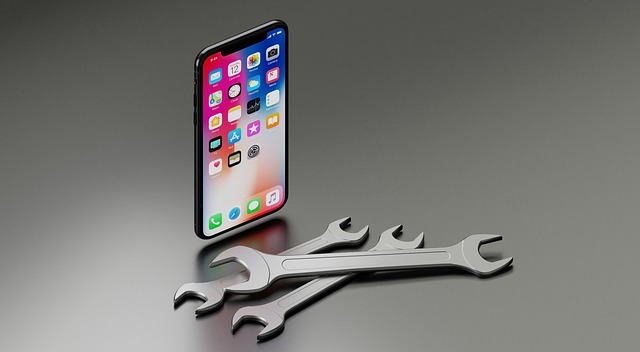
Training and Role Definition: Dedicated PDR Technicians
In the realm of car dealerships, Professional Detailing and Repair (PDR) for Mercedes Benz repair and other vehicle makes is a specialized art. Dedicated PDR technicians undergo extensive training to master this craft. This includes learning advanced techniques in car body repair, such as paintless dent repair, which not only enhances aesthetics but also streamlines service bay operations. Their role involves more than just fixing dents; it’s about restoring the vehicle’s original condition, ensuring a seamless and satisfying customer experience.
These technicians are equipped with the skills to handle various challenges that arise in a vehicle body shop. From minor scratches to significant damage, they employ meticulous strategies tailored for different car models, including those from premium brands like Mercedes Benz. By defining their role clearly, dealerships can maximize efficiency, reduce turnaround times, and deliver top-notch service, setting their workshops apart in the competitive automotive industry.
Implementing PDR in Dealership Workflows: A Step-by-Step Guide
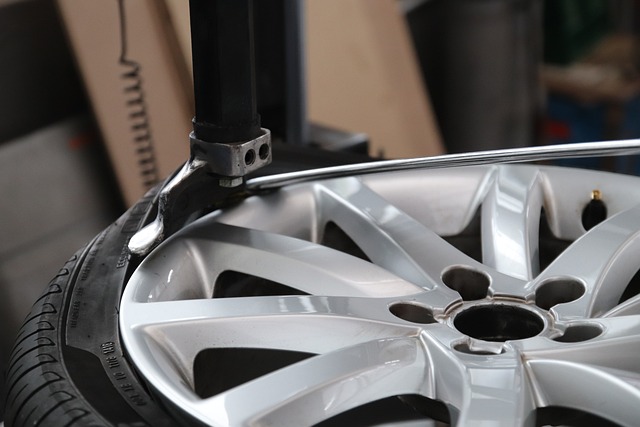
Implementing PDR (Paintless Dent Repair) in dealership workflows is a strategic move to enhance efficiency and customer satisfaction. Here’s a step-by-step guide to streamline your service bays:
1. Assess Current Workflows: Begin by understanding your current dealership operations, identifying pain points, and pinpointing areas where PDR can be seamlessly integrated. Analyze the processes for auto painting, auto glass repair, and car body shop services, as these are key components in a comprehensive PDR system.
2. Train and Assign Technicians: Equip your team with specialized training on PDR techniques. Identify skilled technicians who excel in this field and assign them dedicated roles within the service bay. These dedicated PDR technicians will ensure that minor dents and scratches are promptly and expertly addressed without the need for extensive auto painting or car body shop repairs, thus reducing customer wait times.
3. Implement Digital Tools: Leverage technology to streamline the process further. Utilize digital systems for estimating repair costs, scheduling appointments, and managing inventory of PDR tools and materials. This not only improves accuracy but also allows for real-time tracking of job progress, ensuring efficient utilization of resources.
4. Establish Standard Operating Procedures (SOPs): Create clear SOPs for PDR procedures to maintain consistency and quality across all repairs. These guidelines should cover everything from initial assessment and tool selection to final inspection and customer hand-off. Well-defined SOPs facilitate smooth operations, especially in high-volume dealerships.
5. Promote Customer Engagement: Educate your customers about the benefits of PDR, such as faster turnaround times, minimal paint disruption, and reduced costs for minor repairs. Offer them options for scheduling PDR services during their regular service appointments to maximize convenience.
Dedicated PDR (Paintless Dent Repair) technicians streamline service bays, enhancing efficiency and customer satisfaction in car dealerships. By implementing PDR as per the guide provided, dealerships can significantly reduce repair times and costs while offering high-quality services. This innovative approach to dent repair is transforming the automotive industry, making it an essential strategy for modern dealerships looking to stay competitive.

